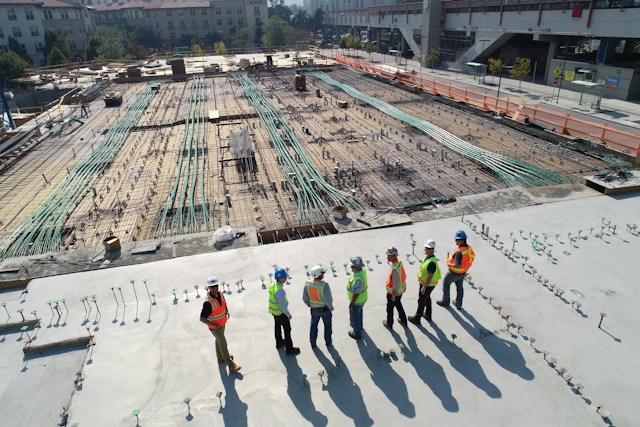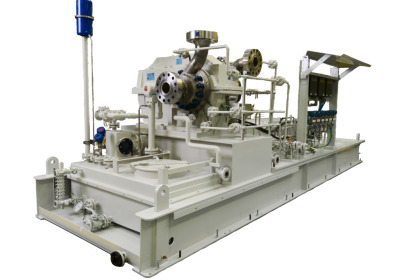Healthcare Interior Design: Designing Spaces for Healing and Wellness
Description
Discover the importance of patient-centric healthcare interior design. Enhance comfort and functionality in healthcare environments with innovative design solutions.
Healthcare interior design entails the meticulous planning and crafting of interiors for various healthcare settings, including hospitals, clinics, physicians’ practices, and medical research facilities.
This specialized discipline harmonizes design principles with a profound comprehension of medical equipment and patient well-being, culminating in the creation of spaces that are secure, inviting, and efficient.
The significance of healthcare interior design has grown significantly, as it can enhance patient recovery by establishing an environment conducive to healing. Gaining insight into the mechanics of healthcare interior design enables us to appreciate its potential to positively impact patients on both physiological and psychological levels.
Essential Characteristics of Healthcare Interiors
Creating healthcare interiors that are both functional and comforting is crucial for providing the best possible patient care. These spaces serve as the backdrop for medical treatment, healing, and recovery. In this context, several key characteristics are essential to ensure that healthcare interiors meet the needs of patients, medical professionals, and the overall healthcare environment. Let’s explore eight fundamental elements that healthcare interiors should embody.
1. Patient-Centered Design:
The foremost consideration in healthcare interior design is the well-being and comfort of patients. Patient-centered design ensures that the layout, furniture, and ambiance are tailored to meet the physical and emotional needs of those receiving care. From soothing color palettes to comfortable seating, every element should contribute to a positive patient experience.
2. Functionality and Efficiency:
Healthcare facilities must operate smoothly to provide effective care. Well-designed interiors optimize the flow of patients, staff, and equipment, minimizing bottlenecks and ensuring quick access to essential resources. Efficient layouts enhance the overall quality of care and reduce stress for both patients and healthcare professionals.
3. Infection Control:
Maintaining a sterile environment is vital in healthcare settings to prevent the spread of infections. Healthcare interiors should incorporate materials, surfaces, and cleaning protocols that adhere to strict hygiene standards. Antimicrobial finishes and easy-to-clean surfaces are key elements in this regard.
4. Accessibility and Universal Design:
To accommodate all patients, healthcare interiors should be designed with accessibility in mind. This includes features like ramps, wider doorways, and barrier-free access to ensure that individuals with disabilities can navigate the facility comfortably. Universal design principles benefit everyone, promoting inclusivity.
5. Privacy and Dignity:
Patients often find themselves in vulnerable situations in healthcare facilities. Ensuring their privacy and preserving their dignity is paramount. Well-designed interiors incorporate private spaces for consultations, examinations, and discussions, fostering a sense of respect for patients’ personal information and experiences.
6. Flexibility and Adaptability:
The healthcare landscape is constantly evolving. Interiors should be designed to accommodate changes in technology, patient volumes, and medical practices. Flexible spaces can be easily adapted to meet evolving needs, ensuring long-term functionality.
7. Ergonomics:
Healthcare professionals spend extended hours attending to patients, so ergonomic considerations are crucial. Properly designed furniture and equipment reduce the risk of physical strain or injury among medical staff, promoting their well-being and, in turn, enhancing patient care.
8. Natural Elements and Biophilic Design:
Incorporating elements of nature, such as natural light, greenery, and calming views, has been shown to have a positive impact on patients’ well-being and recovery. Biophilic design principles can reduce stress, anxiety, and pain, contributing to better health outcomes.
Healthcare interiors play a pivotal role in the well-being and recovery of patients. By prioritizing patient-centered design, functionality, infection control, accessibility, privacy, flexibility, ergonomics, and elements of nature, healthcare facilities can create environments that promote healing and enhance the overall healthcare experience. These essential characteristics work together to support the overarching goal of providing high-quality care while ensuring the comfort and safety of patients and healthcare professionals alike.
Creating Patient-Centric Healthcare Environments
Designing healthcare spaces with a patient-centric approach is essential to ensure that medical facilities are not only functional but also genuinely supportive of patients’ well-being and comfort. Patient-centric design places the patient at the center of the healthcare experience, considering their physical and emotional needs. Let’s delve into eight key principles that define patient-centric design and how they can positively impact the healthcare environment.
1. Comfortable and Welcoming Atmosphere:
Patient-centric design begins with creating a warm and inviting ambiance within healthcare facilities. The use of soothing colors, soft lighting, and comfortable furniture can reduce anxiety and promote a sense of ease for patients and their families.
2. Accessibility and Inclusivity:
Patient-centric design ensures that healthcare spaces are accessible to all individuals, including those with disabilities. Wider corridors, ramps, and strategically placed handrails are essential elements that promote inclusivity and ease of navigation.
3. Privacy and Dignity:
Respecting patients’ privacy is paramount. Designing private consultation areas, ample space between beds, and soundproofing measures all contribute to preserving the dignity and confidentiality of patients.
4. Efficient Layouts and Flow:
A well-designed layout optimizes the flow of patients, caregivers, and medical equipment. This efficiency reduces wait times and enhances the overall patient experience.
5. Healing Art and Nature Integration:
Incorporating healing art and natural elements, such as artwork and indoor gardens, can create a calming environment that aids in the healing process. These elements have been shown to reduce stress and anxiety.
6. Family-Centered Spaces:
Recognizing the importance of family support, patient-centric design includes spaces where families can be comfortably present, participate in care, and find respite.
7. Customization and Personalization:
Allowing patients to personalize their immediate environment, whether through adjustable lighting or access to entertainment options, empowers them to feel more in control during their healthcare journey.
8. Advanced Technology Integration:
Patient-centric design incorporates state-of-the-art technology that enhances communication and patient engagement. Features like bedside tablets for accessing health information or virtual consultations can improve the patient experience.
patient-centric design focuses on creating healthcare environments that prioritize patients’ physical and emotional needs. By incorporating comfort, accessibility, privacy, efficiency, art, family involvement, personalization, and technology, healthcare facilities can truly place the patient at the center of care, ultimately leading to better health outcomes and a more positive overall experience.
In conclusion,
Healthcare interior design stands as a crucial element in shaping modern healthcare facilities. Its patient-centric approach, focusing on comfort, accessibility, privacy, and functionality, has the potential to significantly improve the overall healthcare experience. As we continue to prioritize the well-being and recovery of patients, the evolution of healthcare interior design remains a cornerstone in achieving this goal.




Leave feedback about this
You must be logged in to post a review.